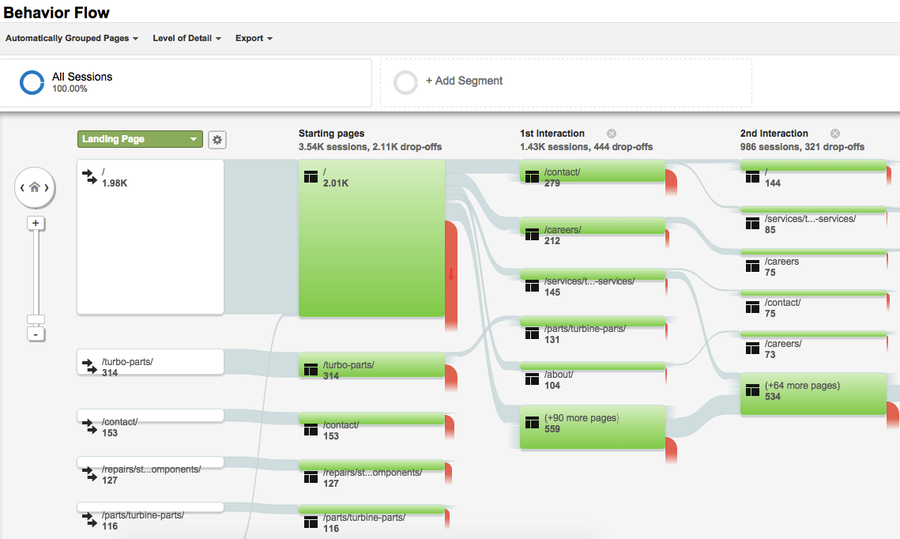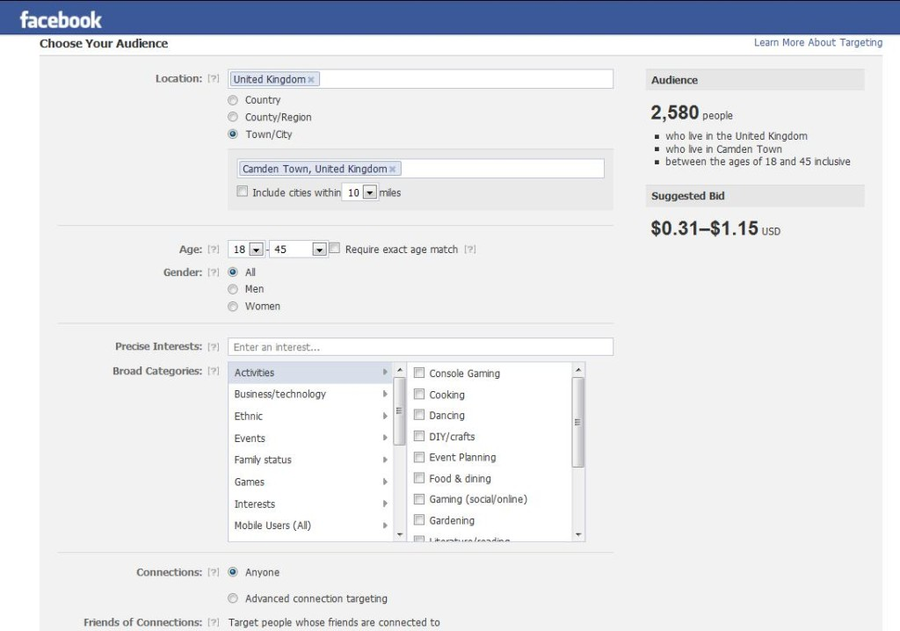How to Turn Online Tracking into Marketing Advantage
It is no secret that Facebook often recommends you the exact same product you searched for a few days ago on Amazon.
Yes, this does sound creepy, but it helps people to find what they liked and what they want to buy eventually.
Business owners, on the other hand, utilize every tool available to track users’ online behavior. They then have the option to tailor offers and ads based on the needs and the preferences of potential customers.
If you ever wondered how it’s done, let’s get into the technicalities and see how to turn customers’ browsing habits into a marketing advantage.
How Does Behavioral Targeting Works?
First of all, the internet is a big place. But it has the ability to remember anything and thus accumulate loads of information.
That information (variables) are the time spent on a certain page of a website, buying history, social media account details (age, interests, location, friends’ interests), or even users’ movements through the site.
Secondly, targeting starts when the aforementioned data gets in the hands of data companies, who sell it to marketers. They will later use it to show relevant ads, personalized offers and to get a higher click-through rate and to boost conversion rates.
There are 3 types of collected data you can use to target customers:
- First-party data - The cheapest form of data which comes from the users themselves. It includes their action across websites, social media details, mobile web, app or subscription data and has the most value for entrepreneurs.
However, the first-party data will show you the information about the existing users only and will hardly be of use to attract new customers (if you don’t plan on selling it).
- Second-party data - This is essentially the first-party data that companies sell to other companies through partnerships.
Even though this type can give you an insight into a wider range of visitors, you have no control over the quality of the given information. Furthermore, there’s no guarantee that the customers are likely to buy from you once they shopped at the company you got your data from.
- Third-party data - The last form is best described as any data collected by thousands of specialist firms across the web. In other words, by companies that have no connection to your company.
Third-party information may provide the habits of millions of potential customers that never saw your brand. Sadly, you cannot exactly know where that information is coming from and how accurate it actually is.
Online Tracking as an Advantage
People’s choices evolve along with advancements in technology and it’s quite difficult for businesses to stay in tune with customers’ needs. A product that was popular yesterday may not be cool in a couple of months.
Luckily, online tracking assists companies to get to know the visitors who come to their website. It helps to retain the existing customer base and bring potential buyers to stop by their business website, their physical shop or to do an online shopping spree.
Another benefit that comes with behavioral targeting is to see what type of goods are people interested in other than yours. It’s easier that way to make changes or upgrades to your products.
The last key advantage of tracking users’ online behavior patterns is increasing productivity. Once you know exactly what an average customer wants, you can cut costs by focus marketing efforts only toward the targeted group of people.
Nevertheless, some entrepreneurs find it hard to consistently follow their visitors’ moves and the process can be quite expensive.
Also, internet users have become more aware of the privacy concerns regarding their personal information. Of course, using data without an individual’s permission is everyone’s nightmare, but the laws in the field of online privacy are being improved as advertising industry is developing.
Important Steps in Online Tracking
Online tracking begins with choosing which variables you’re going to analyze. It can be location, search keywords, referring URL, buying history, the device from which the user is accessing the website or the time of day.
The collected information is then segmented by behaviors. For example, if more people fit into a certain group, we inspect the group to offer them the product they need.
Lastly, the grouped data is ready to apply to the marketing campaign. When the tracking activity gives us more user behavior, the whole process gets faster and more accurate.
Using Tools for Marketers
There are numerous tools which assist marketers in online tracking, and many of them are free. Following is the most used software among behavioral targeting experts.
- Google Analytics - This free analytics software collects the details of users and creates reports about the website traffic. It has an integrated Behaviour Flow Report which shows how a user navigates across multiple pages.
The Behavior Flow Report has an option to measure how users are interacting with more page groups on your website.

An example of Behavior Flow Report in Google Analytics.
Apart from Behavior Flow, Google Analytics has Events Flow and User Flow Reports, which measure individual clicks and the paths visitors took through the website.
- FoxMetrics - This software examines visitors’ actions on the website. Marketers usually use it as an addition to Google Analytics.
This platform tracks visitors to create specific user profiles. Businesses can use those profiles to target customers through pop-ups or surveys.
- Kissmetrics - Kissmetrics is an event-based tool which “ties every action on your website to a person”. As they like to put it, “Google Analytics tells you what’s happening. Kissmetrics shows you who’s doing it.”
Using Social Media
Aside from website data collection, businesses frequently combine Google Analytics with social media targeting to get a higher ROI.
Facebook, for example, has exceptional targeting options. Not only it collects data about gender, age, location, interests, education, and workplaces, but relationships, and friends’ preferences as well.
This social media platform allows for Broad Category Targeting and Precise Interest Targeting. While targeting a specific group of customers, most people will choose broad categories and fail to attract the audience that is genuinely interested in their products.
The solution to this occurring problem is to choose Precise Interest Targeting and start converting Facebook fans into customers.

Facebook targeting options for advertising
Source: www.glocmedia.com/facebook-for-business/facebook-advertising
To Conclude
Online tracking is a marketer’s golden ticket to win people’s hearts and to boost the conversion rates. There’s plenty of ways to do it…Still, it’s up to you to decide which software will help you to track and analyze the behavior of your website’s visitors, and bring you more customers.
Get more to your email
Subscribe to our newsletter and access exclusive content and offers available only to MonsterPost subscribers.


Leave a Reply
You must be logged in to post a comment.